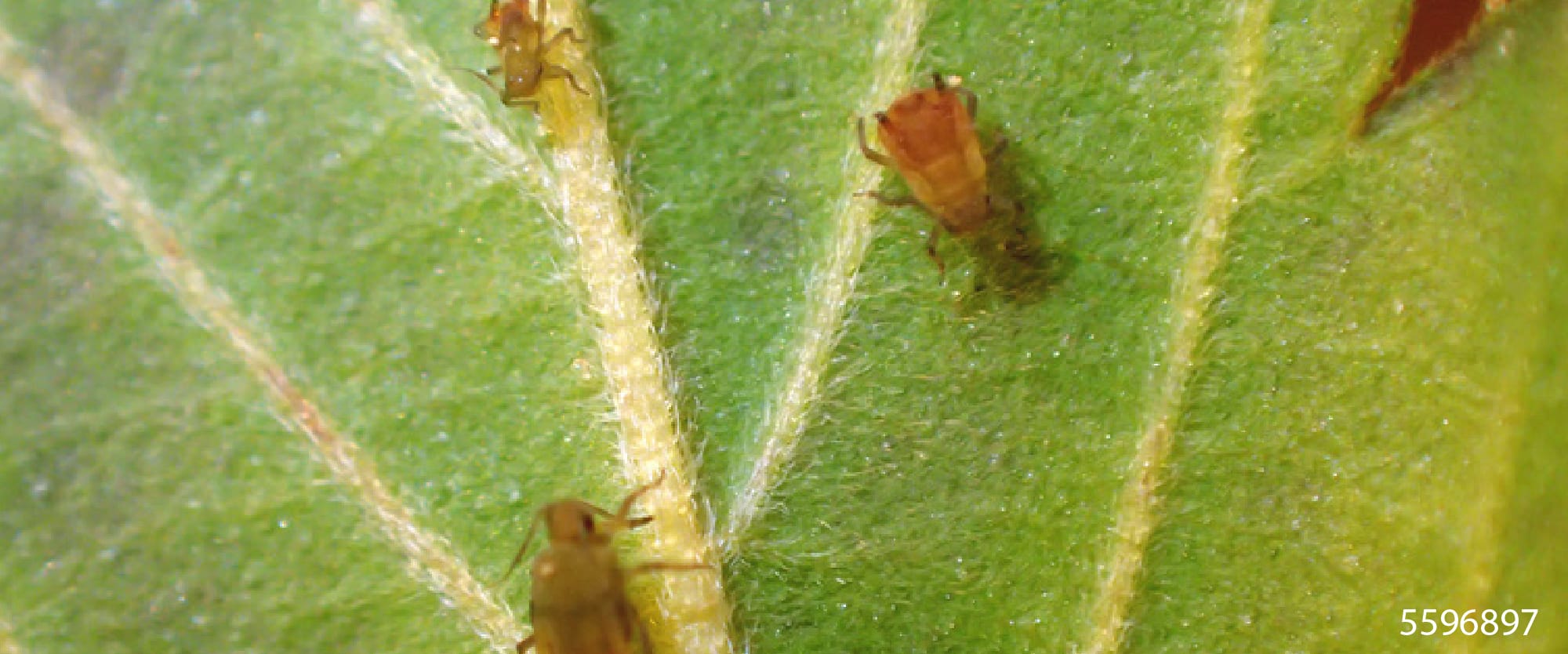Root aphids: Out of sight, out of mind?

|

|
Mid-summer and all in the garden is looking right, but do you have a security plan in place for the…
QUICK FACTS -The two-spotted spider mite (Tetranychus urticae) is a common pest in cannabis. It is a small, red-brown mite…
Tips for Using Beneficials Insects in Outdoor Plants Whether you are popping seeds or coming from clones, you can never…
Here are some tips for getting your outdoor cannabis garden ready for spring: Planning and Preparation Choose the right strain:…